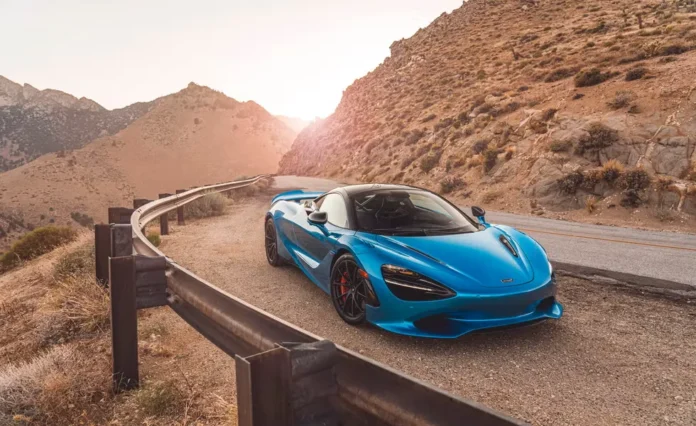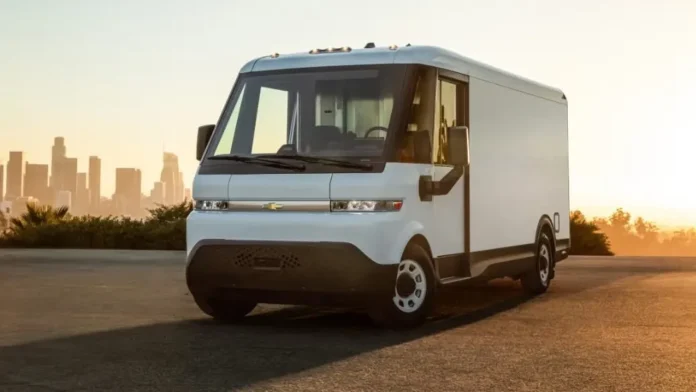Mercedes-Benz’s Strategic Shift Towards Electric Vehicles
In a groundbreaking announcement, Mercedes-Benz CEO Ola Källenius has confirmed that the EQS sedan will be succeeded by a new S-Class EV. The luxury automaker’s decision indicates a significant shift in strategy, with a focus on expanding their electric vehicle (EV) lineup. The EQS, with its distinctive egg-shaped design, will not see a second generation.

Introduction of Dual S-Class Models
Mercedes-Benz will introduce two variants of the S-Class in the future—a traditional internal combustion engine (ICE) model and an electric version. This approach ensures that customers will have a choice between cutting-edge EV technology and the classic driving experience offered by ICE vehicles. Källenius mentioned that the new-generation S-Class cars will have similar interior and exterior styling, akin to what BMW offers with its 5- and 7-series sedans.
Dedicated Platforms for ICE and EV Models
Unlike previous models where electric and ICE variants shared the same platform, the new S-Class EV is expected to be built on a dedicated electric vehicle platform. Meanwhile, the ICE version will continue on an updated MRA architecture. This differentiation aims to optimize the performance and features of both vehicle types, catering to specific consumer preferences.
Long-Term Vision and Market Goals
Mercedes-Benz aims to have plug-in and full EVs account for 50 percent of their global sales by 2030. The upcoming generations of the S-Class models are scheduled for release around the same time, aligning with the brand’s ambitious goals for electrification. Recent reports also indicate that Mercedes has resumed planning with their MB.EA large EV platform, further solidifying their commitment to a sustainable future.




